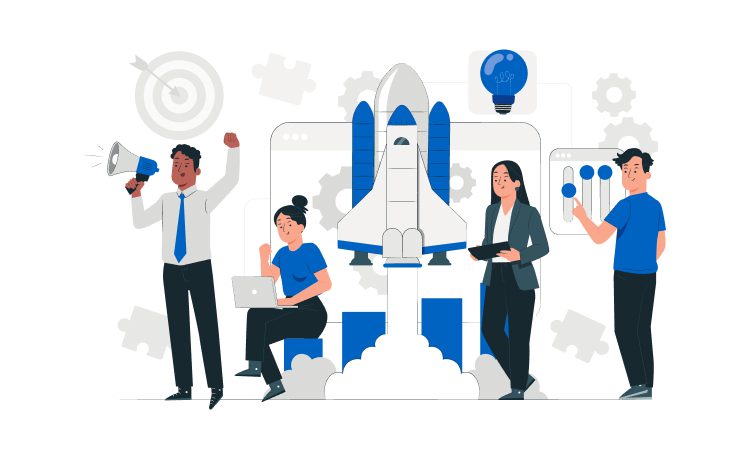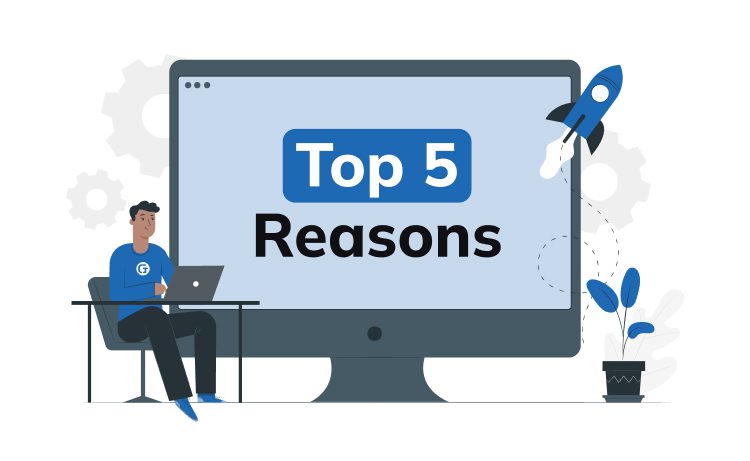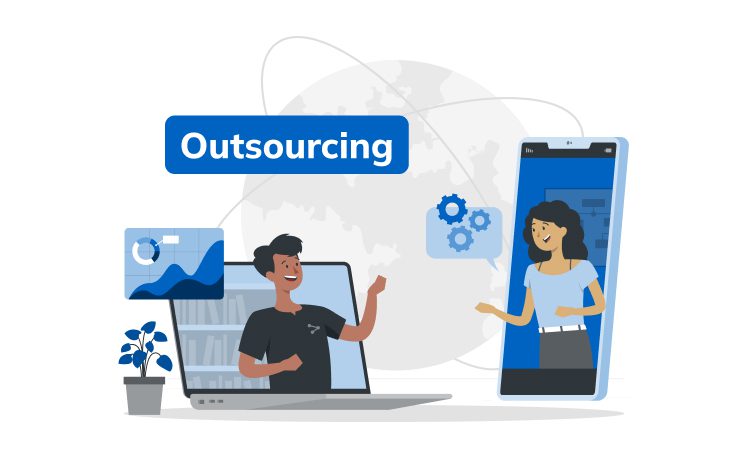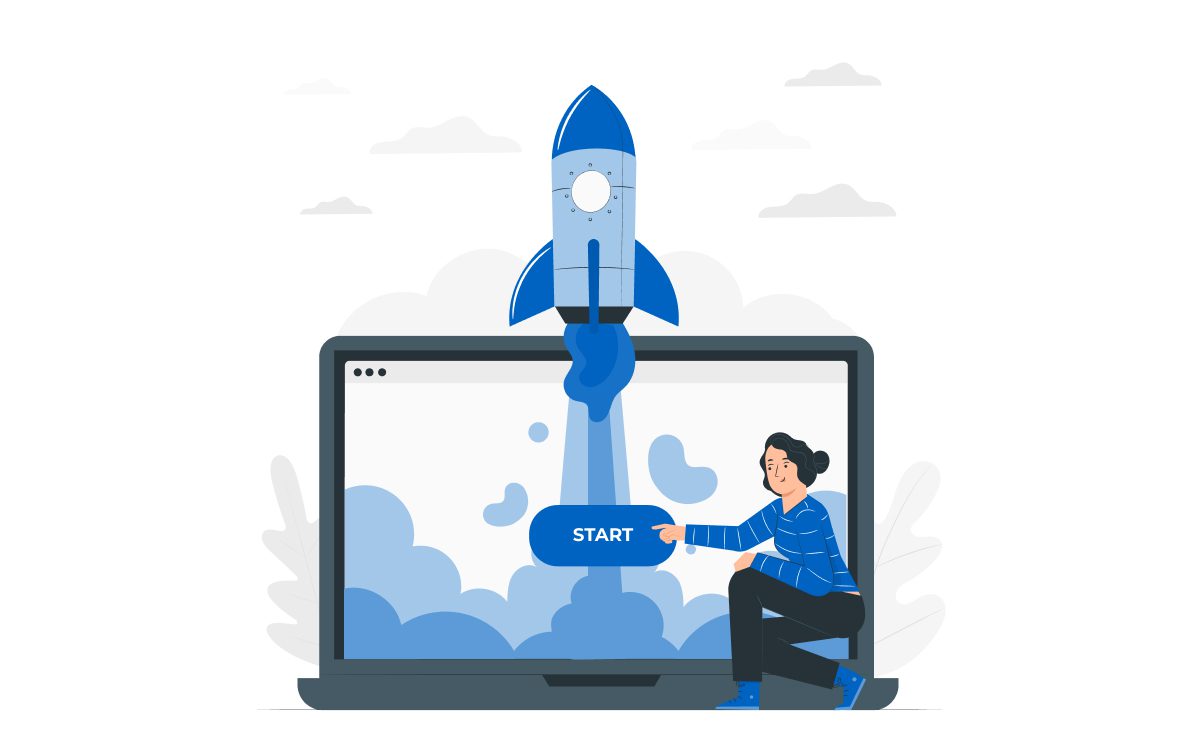
Industrial IoT: now you know what this second “I” stands for



For a long time, consumer focus was dominating the IoT sphere, major players of the fields are steadily bringing IoT technologies on the industrial scopes (IIoT). Potential cost saving and an increase of competitiveness are a great boost for the process.
The IIoT tendencies are increasing from day to day. It covers industries that constitute 60 percent of gross domestic product (GDP) among G20 nations.
It is expected that spending on IIoT Projects will increase to $20 billion worldwide by 2020. More optimistic estimates range around $15 trillion of global GDP by 2030.
Automation and flexibility provided by IIoT to the production can boost efficiency by nearly 30 percent. Predictive maintenance can save up to 12 percent, compared to scheduled repair, cutting maintenance costs to 30 percent and minimizing breakdowns to 70 percent.
Content
Gartner predicted that smart dust is getting a new tendency in the upcoming years. Smart dust covers extremely few sensors the size of sand grain that can identify either chemicals or vibrations.
The ways smart dust can be applied are endless. For instance, oil companies could check rock movements and factories could exploit small sensors all over their equipment to control changes and problems.
Rolls-Royce is a good example of both current and tomorrow’s use cases for IIoT. The engine maker receives more than 70 trillion data points from engines in service with its customers.
While the original service model was based around repairing broken engines, it can now use that data to manage and schedule engine repair, for example combining that data with machine learning analytics to alert engineers to potential problems before they would otherwise be noticed.
The company also has some futuristic ideas – like using swarms of miniature robots just 10 mm in diameter that crawl through engines carrying tiny cameras, allowing engineers to carry out a visual inspection of the engine without having to remove it from the aircraft.
Another idea is for remotely controlled robots to carry out specialist repairs, which would reduce the need for engineering teams to travel to an aircraft’s location, resulting in a quicker return to service.
One perspective is to think of the Industrial Internet as connecting machines and devices in industries such as oil and gas, power generation, and healthcare, where there is more at stake or where system failures and unplanned downtime can result in life-threatening or high-risk situations.
On the other hand, the Internet of Things tends to include consumer-level devices such as heart monitoring fitness bands or smart home appliances. They are functional and can provide conveniences, but do not typically create emergency situations if downtime were to occur.
For example, Digital Twin is a great example of how the Industrial Internet enables machines that “tell” operators how to optimize productivity or detect a failure before it occurs, potentially saving companies billions of dollars a year.
On the other hand, the Internet of Things includes connected refrigerators that can purchase more milk and eggs online before they run out.
As the Industrial Internet connects critical machines, it can deliver powerful financial and operational outcomes.
For example, one of our customers, a power company, saves $.5MM annually by using our APM solution for predictive analytics to gain asset, plant, and fleet reliability. A manufacturing customer increased capacity by 20% and reduced lead time to customer delivery, and improved traceability by leveraging our MES solutions.
As more and more data is created from increasingly connected machines, systems, and devices, the volume of critical and valuable insights to be realized and acted upon is limitless.
Drones, or unmanned aerial vehicles, could become an important part of IIoT serving as a sensor or a connection provider between sensors and data collection points.
Drones may not be considered as complete IIoT devices, but they can carry the sensors and act as autonomous machines gathering valuable data. However, quickly acting on the data they get and communicating with other drones, they are still not mere collectors. The IIoT sphere can benefit from such features.
IIoT projects can substantially improve the agriculture industry, as well. They can help farmers improve the ways they utilize the huge amounts of data their farms generate.
For example, Ward Aquafarms, an oyster farm, deployed IIoT projects to increase productivity by using satellite imaging and IIoT to monitor harvest-to-delivery operating processes.
Aerospace is another industry to benefit from IIoT devices. IIoT solutions installed can predict maintenance troubles before they actually happen saving time and money. Moreover, they can cut flight delays using data from the airplane’s sensors.
Oil and gas companies utilize sensors to instantly detect leaks and alert repair teams. Preventing possible blackouts and minimizing operational losses. IIoT programs can bring energy supply management to the next level, as well.
As far as we’re aware that IIoT will impact pretty much every industry, healthcare is where we could see the biggest impact in the short term. Digitization came to almost every other medical facility or institution.
They’re already using mobile apps, EHR systems, patient portals that enable texting, calling, or reaching clients via other sources, i.e. social media. The trend exploded recently and is accelerated by huge investments in healthcare that came to the industry by COVID-19 spread.
As for traditional IoT, we expect people to wear more wearable devices in 2021. Hospitals (and research institutes) receive and analyze critical data from wearables and incorporate this knowledge into patient treatment.
As for the Industrial Internet of Things, self-training Machine Learning becomes more and more widespread.
Healthcare is impacted less than other industries, yet this problem is relevant: all teh data received needs tons of pre-processing to be normalized and tagged before it can be of use for machine learning.
That’s why ML is such a hard thing to implement. Some cases are easier than others, i.e. written translation, or voice recognition, and there is less supervision there.
Machine learning detects patterns of normal usage and monitors for unusual patterns that are “the new normal”. We expect it more often incorporated in Manufacturing 4.0.
When a motor generates heat, vibration, and other parameters, and it starts to deviate from the norm, this could be identified by teh machine and serve as a flag when it is required.
Machine trains to detect all the motor’s normal operations and detect variations that build up outside of the norm.
To sum up, operational efficiency and cost savings are only a few improvements that IIoT brings to worldwide economics.
Such a ground is a legitimate condition for its further sustainable growth. The effective way for a business to implement IIoT, according to Accenture, is to boost revenues with production increased, invest in innovative technologies, and transform the workplace for the IIoT devices.
Businesses should consider embracing automation via smart devices across all endpoints to succeed in the future.
Next-generation of industrial automation, a growing interest in sophisticated robotics and automation platforms is increasing factory efficiency and productivity.
Massive volume of data becomes analyzable, and the IoT provides the route for streamlining it in a secure but visible way.
Recognizing new avenues and developing technology to incorporate into your company’s operations ASAP serves as an effective way toward obtaining a competitive edge.








